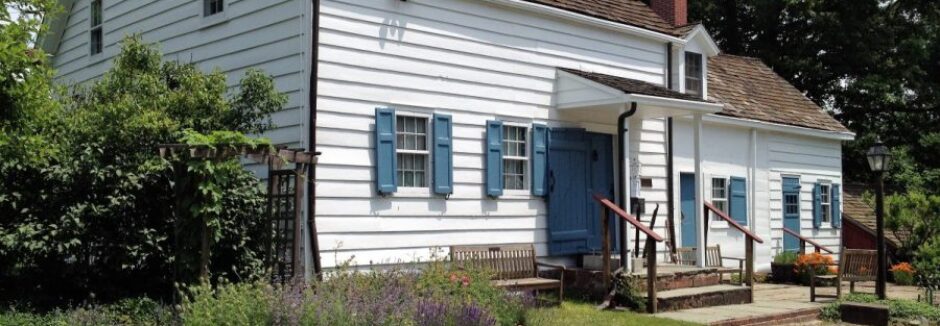In 1740, Samuel Miller (1718 – 1782) built a clapboard farmhouse for his bride, Sabra Clark, in the West Fields of Elizabeth Town along an Indian trail. The family owned about 100 acres of land, stretching to what is now downtown Westfield. In his will, Samuel left to his widow “the privilege of my two middle rooms and the chambers over them, privilege to go up in said chambers through the other rooms, and the privilege of one quarter of cellar and to go in and out of same when and with what she pleases.”
In 1784, Joseph Cory, part of another prominent local family, purchased the house from Jesse Miller, Samuel’s son, for 579 pounds, 15 shillings. It remained in the Cory family for another 137 years. Until 1921, only these two families, the Millers and the Corys, both among the original settlers of Elizabethtown, were associated with the farmhouse.
After Joseph died in 1802, various descendants either lived in the house or rented it out until 1921, when it was sold to Jennie Steans, widow of the Reverend W. Irwin Steans, pastor of the Presbyterian Church in Westfield. In 1962, Donald and Isobel Jones purchased the house and began the process of restoration, removing Victorian era changes, such as sliding doors and double hung windows.
In 1972, the Westfield Historical Society raised funds to purchase the house. Fully restored and furnished with period artifacts, it is run by the Miller-Cory House Museum Volunteers as a living history museum. It is listed on both the State and National Registers of Historic Places and as a site on the New Jersey Women’s Heritage Trail.
